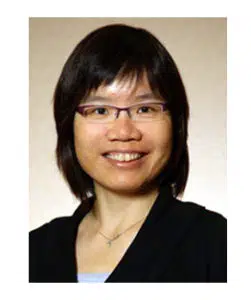The Nano-inXider SAXS/WAXS instrument from Xenocs was installed in November 2016 at the Nanyang Technological University, Singapore. Interview with Professor Lam Yeng Ming after 14 months of use of the equipment.
Professor Lam Yeng Ming
School of Materials Science & Engineering, College of Engineering, Nanyang Technological University, Singapore
January, 2018
Interview with Professor Lam Yeng Ming, School of Materials Science & Engineering, College of Engineering, Nanyang Technological University, Singapore
Could you please give a bit of background on the laboratory where the instrument is installed?
Prof. Lam: The instrument is installed in FACTS, which is a University characterization facility in NTU (Singapore) that focuses on in-depth materials characterization using X-rays and electron-microscopy analysis and training. We are dedicated to support research activity in NTU and other academic/research institutions in Singapore.
Could you please give a brief introduction to your current research work and how SAXS information is useful for your area of research?
Prof. Lam: As a university central facility, we cover a wide variety of materials relating to a huge spectrum of research. So far SAXS information provides morphological information for nanomaterials and thin films. SAXS also helps in the elucidation of phase and phase transformation in polymers, surfactants and other biomolecules. Our facility also has other X-ray characterization and electron microscopes. SAXS complements the thin film and powder X-ray diffractometers as it covers the low angle regime. SAXS provides a more global information compared to the Electron Microscopy techniques.
How many users are working on the Nano-inXider and for which main applications?
Prof. Lam: As of now, there are at least 8 people actively using the machine, and the number may change due to the nature of facility. We look at different materials – organic, inorganic, hybrid. They come in different forms solutions, gels, powders and thin films. The applications range from consumer care, biomedical to energy related.
Could you tell us why you chose the Nano-inXider from Xenocs and if it meets your expectations?
Prof. Lam: The Nano-inXider is the tool we needed to complement our existing characterization facilities. It is very easy to use and versatile. The ability to collect the WAXS data simultaneously with the SAXS data is certainly an advantage. The modular features of the instrument allow us to study a wide range of samples, which is a real advantage for multiple users coming with various needs.
What do you think of Xenocs support & services?
Prof. Lam: The support we received so far has been very positive. The online support team is very prompt and responsive.


































